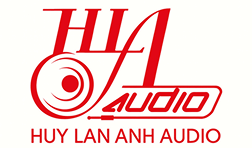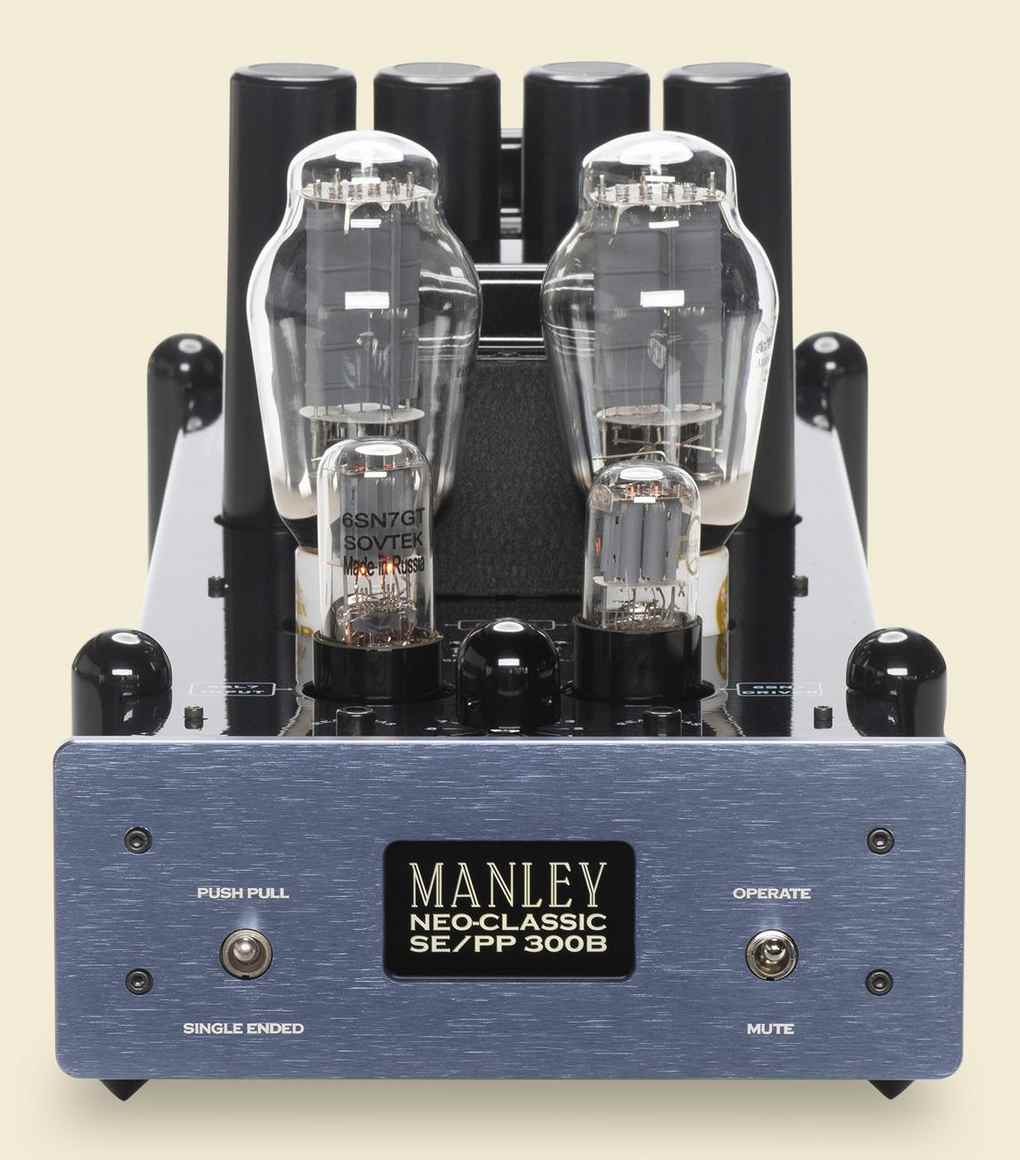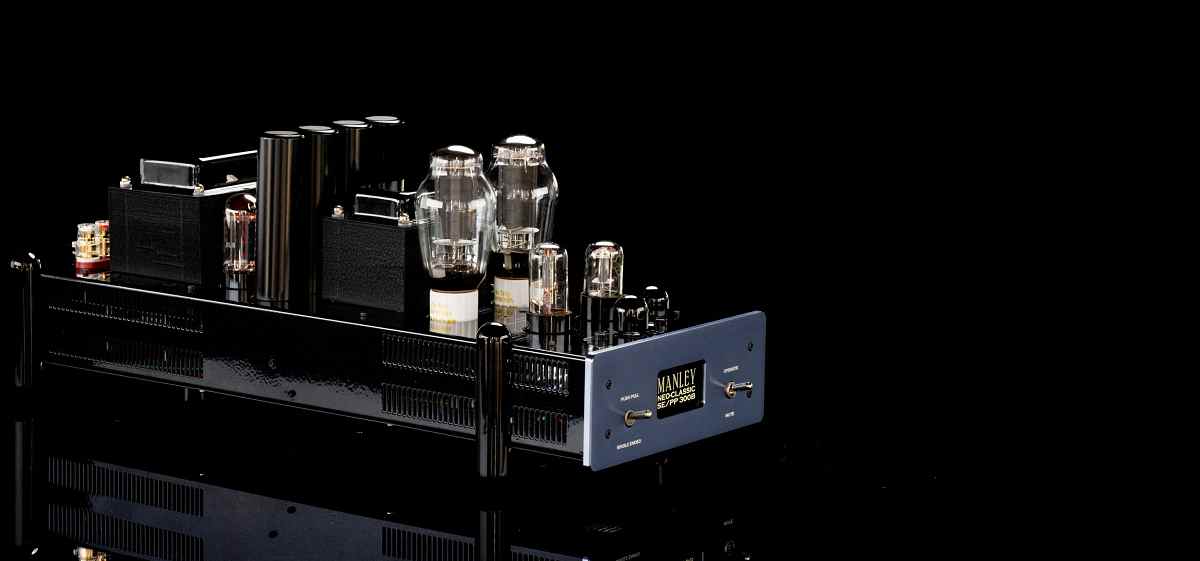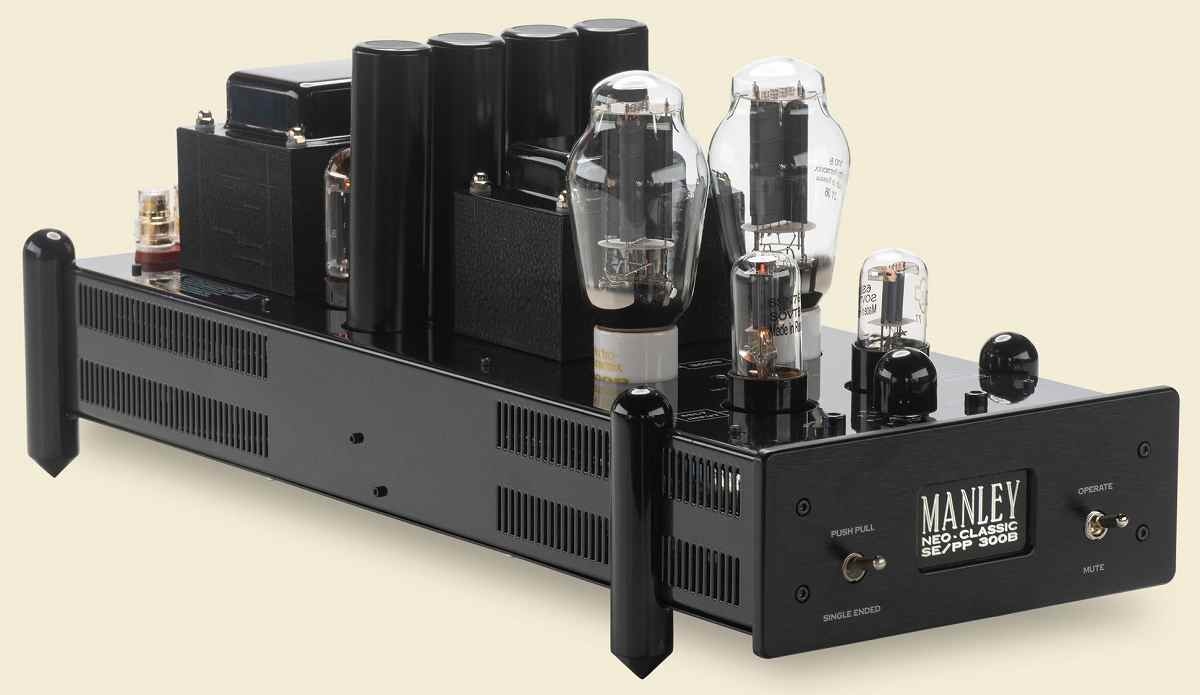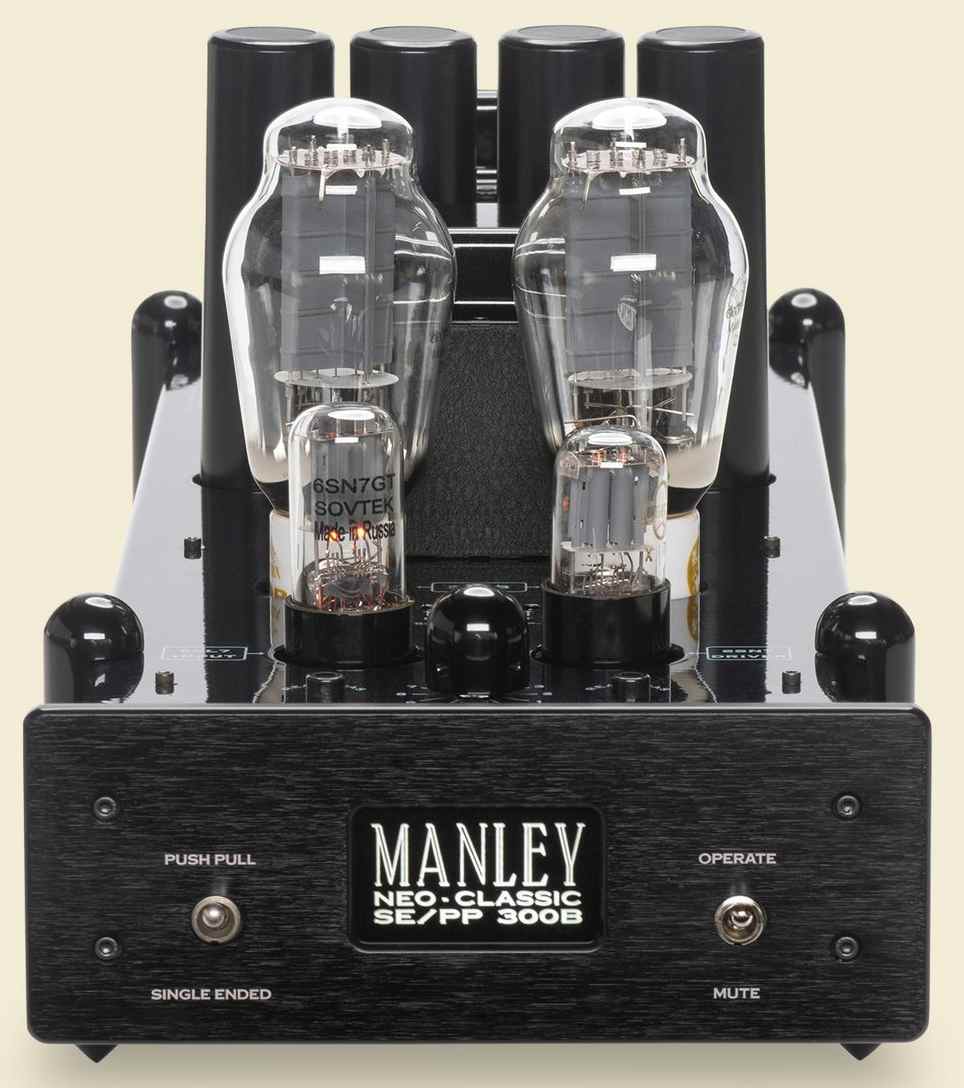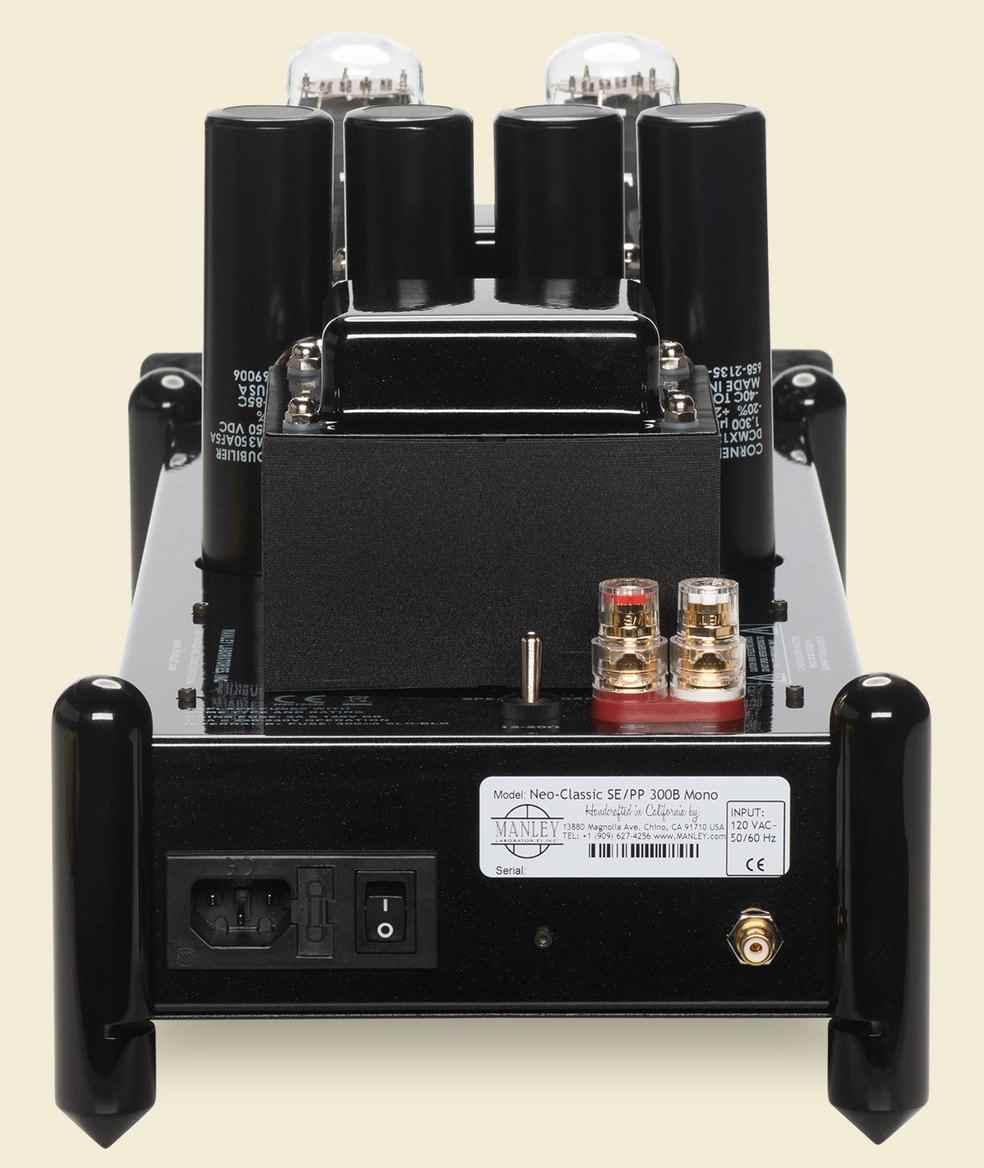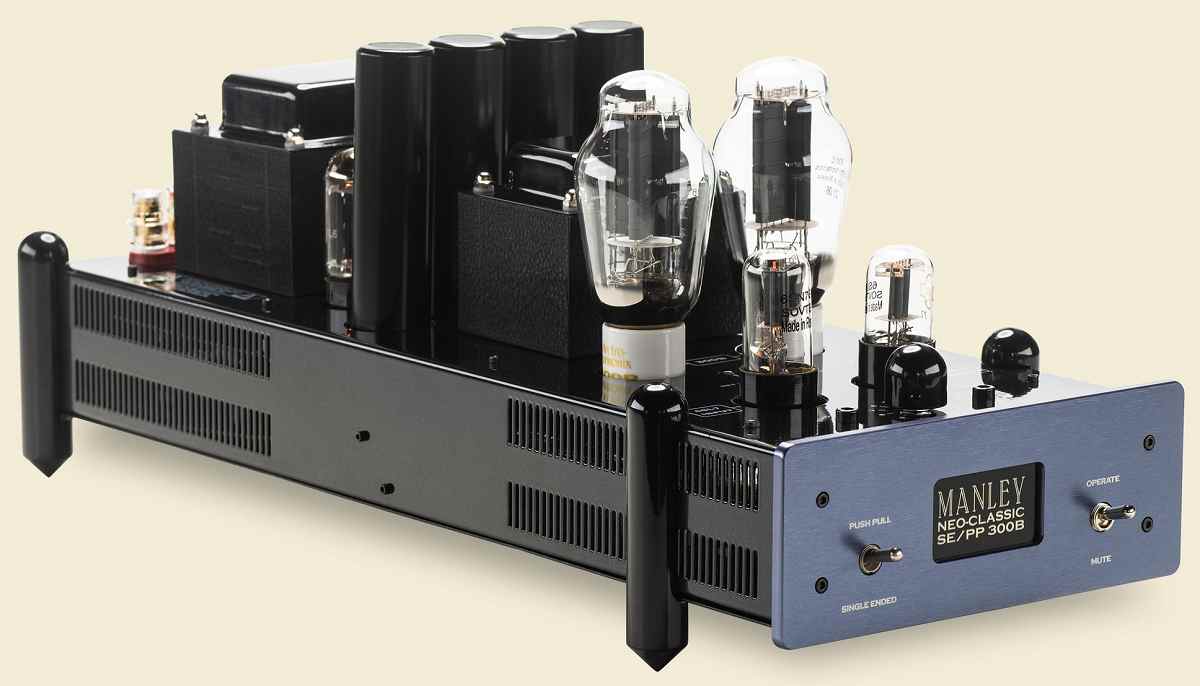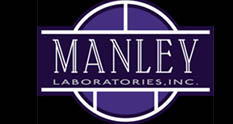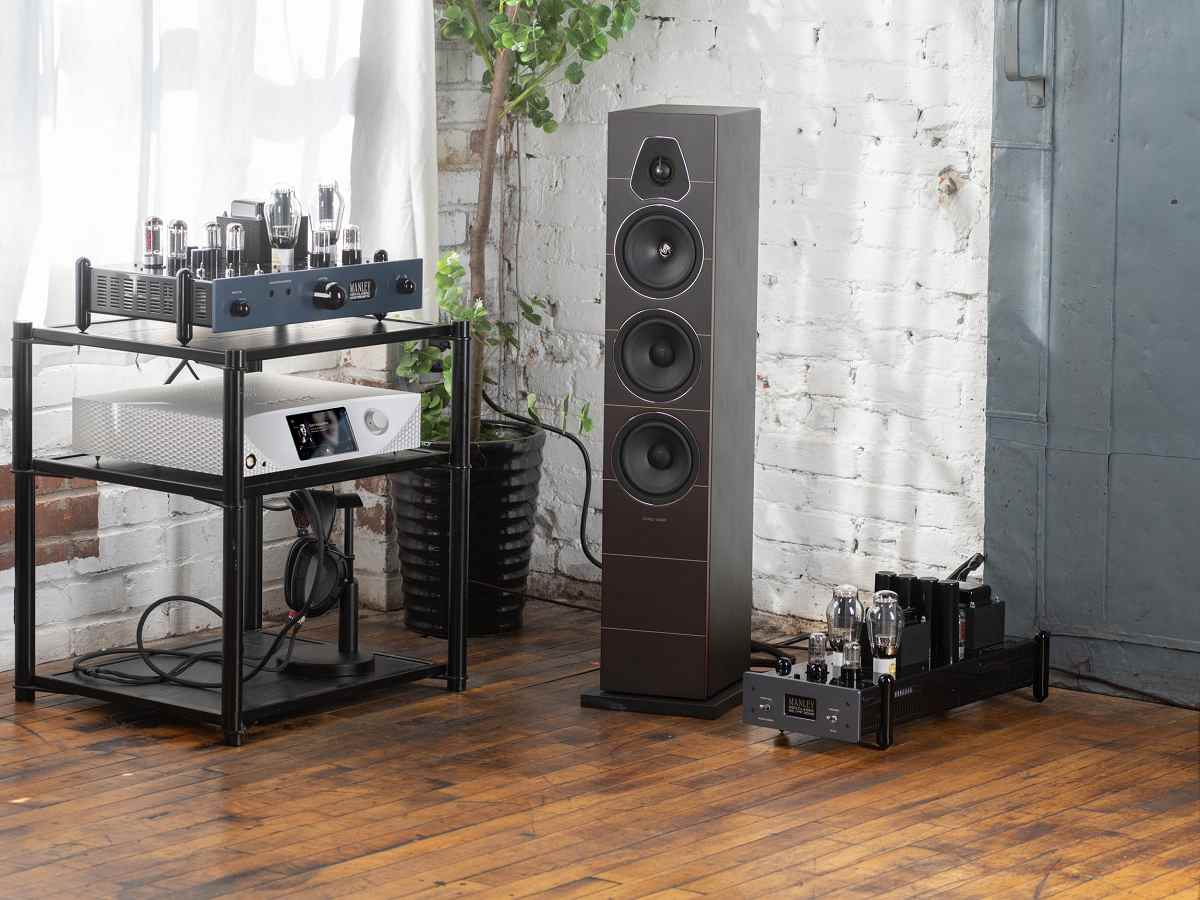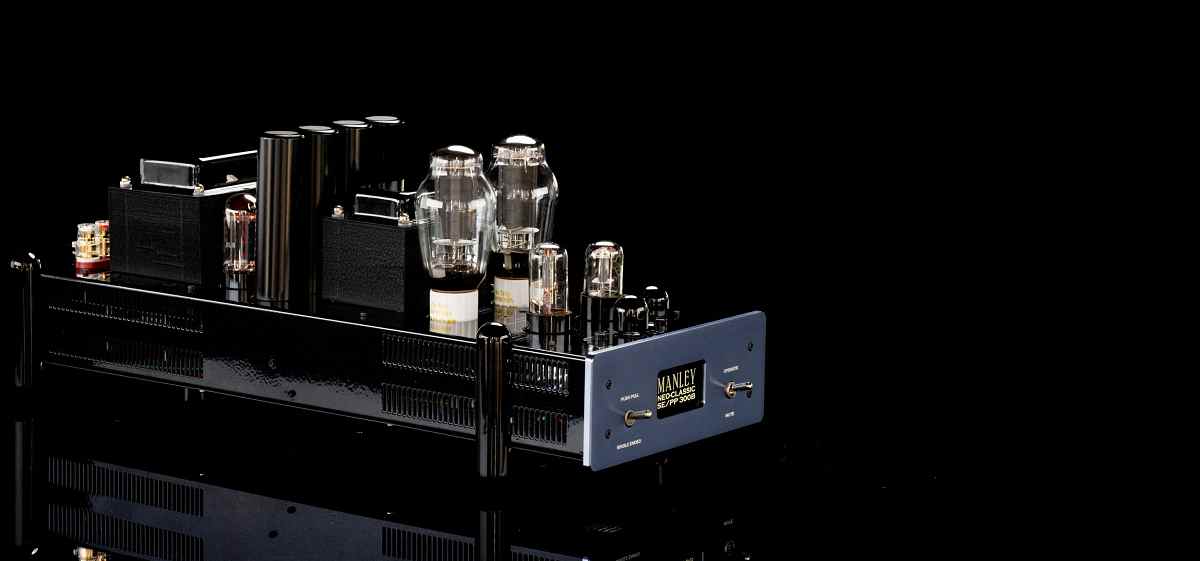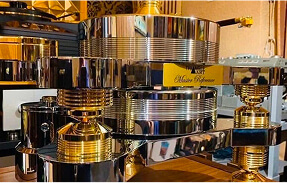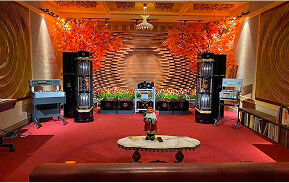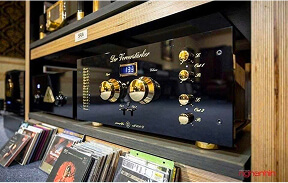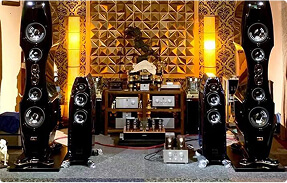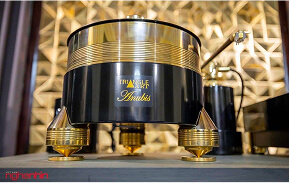The wonderfully simple 300B directly heated triode is virtually Lee De Forest's very first evolutionary 3-element piece, comprising only filament, input grid and anode output. Brought to reliable perfection by Western Electric USA and later by Standard Telephones UK as the 4300B, the 300B was very much intended and widely used for telephony amplification. But audio enthusiasts of older times knew a good thing when they saw (heard!) it and the great love affair between the 300B and music began... and dwindled many years later as the American Western Electric 300B was taken out of production in the late 1980's making the genuine ones extremely valuable and, accordingly, very highly prized as collectors' pieces. With the Asian-driven passion and resultant revival of SINGLE ENDED topology the call for the 300B to be put back into production was too overwhelming for the Chinese factories to resist. The Russian and the re-start of USA manufacture of the genuine Western Electric original have further expanded the selection. Basic thermionic simplicity... directly-heated triodes... it is a drug for some, a religion for others...
With its decidedly (and studiedly) 'retro' physical proportions- very deep front-to-back dimensions with a narrow side-to-side width, this layout closely follows concepts of a bygone era, where the well-conceived intention was to keep the power supply as far as possible from the hum and noise susceptible octal input tubes. The output tubes themselves require careful distancing from the mains transformer and, of course, require pure DC on their filaments. Again, reverence to past times begs the use of vacuum tube rectification with its very gentle voltage rise-time. But to bring the performance up to modern demands, we use two rectifiers to enable the use of very substantial filter / reservoir capacitors... over 1300 microfarads in the B+ rail- much improved from the 4 or 8 microfarads utilized in the 1930's.
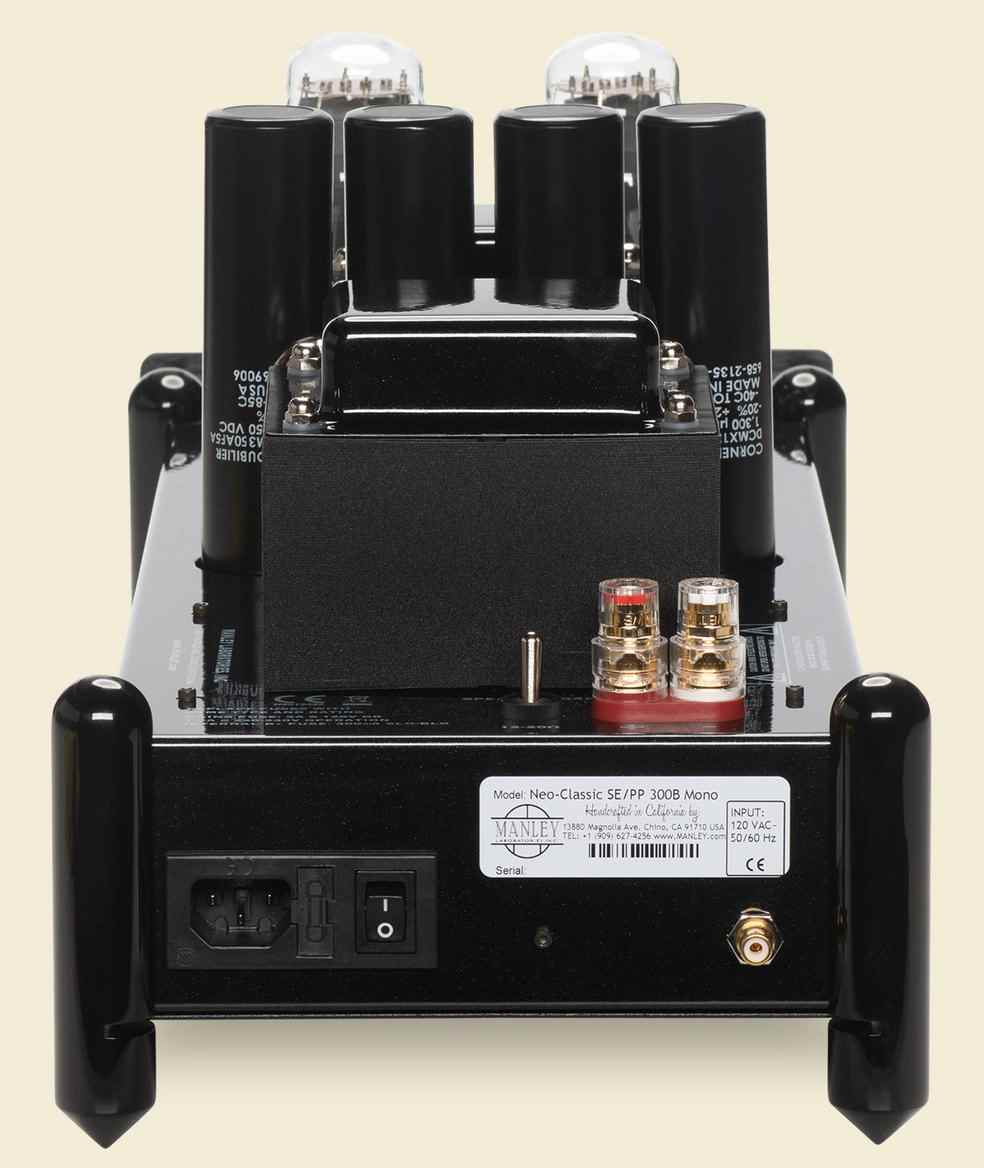
When several other manufacturers started selling single-ended amps with 5 to 9 watts of power, we understood subjectively and objectively the good part of the story: the superb mid range, the delicate detail, the inherent simplicity. The bad news was that there were almost no speakers efficient enough to help form a dynamically viable system. The worst news was that either these single-ended amps cost more than the condo and or they had specs that could only be read as a joke. As the triode fans increased, more efficient speakers became available and several fanatics began to dismiss push-pull as a bad thing to be avoided at all costs. We objected to such blanket generalities and stressed that the push-pull done right with truly phase-balanced transformers, quality parts throughout and well designed circuitry has proven to be a superb technique. We also enjoy single-ended topology but only when it is done right, mostly because we expect flat frequency response and low distortion out of an amplifier. We knew that we could achieve this in a properly conceived single-ended design. We chose to rise to the challenge of designing special circuitry that could be switched "on the fly" From 12 watts in parallel SINGLE-ENDED to 25 watts in PUSH-PULL which, we believe is unique in the industry.
